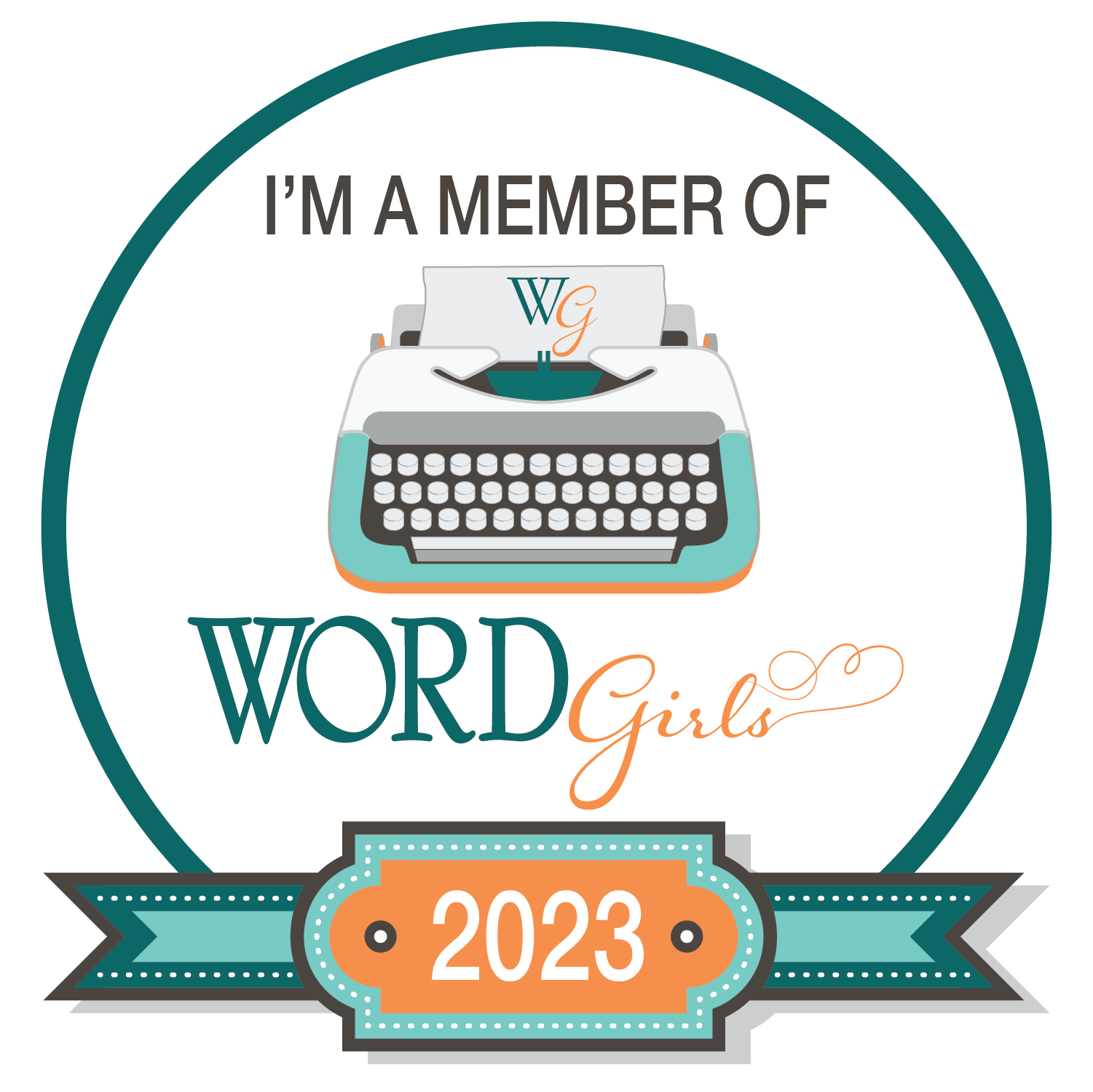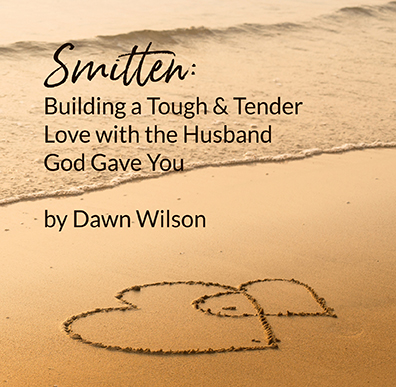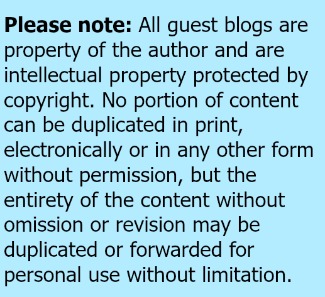He's Making Art
Cynthia Ruchti invites us to think biblically about our lives, and in this Attitude UPGRADE she asks us to examine our hearts: How is God making my life beautiful?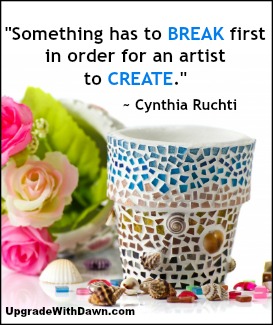
"I now walk through art galleries and fairs asking myself, 'What had to be broken in order to create this art?'" Cynthia said.
I (Dawn) don't usually think of brokenness and art at the same time, but I love Cynthia's approach, and it makes me more grateful for the grace of God.
Cynthia continues . . .
While researching artistic mending techniques for a recently released nonfiction book titled Tattered and Mended: The Art of Healing the Wounded Soul, I could feel the angle of my heart shifting.
Something has to break first in order for an artist to create.
Under the skilled hand of a master jeweler, gemstones in their raw form are chiseled and ground and intentionally shattered into smaller, workable pieces before they can grace an artistic ring or necklace.
GemologyOnline.com says, “Bruting grinds away the edges, providing the outline shape (for example, heart, oval or round) for the gem… Once the fully faceted diamond has been inspected and improved, it is boiled in hydrochloric and sulfuric acids to remove dust and oil."
- A stained glass artist uses bits and pieces, scraps and shards of colored glass. Sometimes the artist takes a full sheet of glass and intentionally breaks it to create the piece he or she needs when creating the masterpiece.
- A painter breaks the seal on the fresh tube of pigment.
- A fiber artist twists the threads, or separates them, or punches a needle into fabric.
- A potter starts by cutting or “wedging” the clay, then kneading it for as many as fifty strokes before throwing it onto the potter’s wheel.
- A mosaic artist rejoices over finding broken pieces of porcelain, china, pottery, envisioning the art it can become.
The deeper I look, the more convinced I am:
Broken pieces don’t spell the end of something, but the beginning.
The psalmist David said so, too. “A broken spirit is my sacrifice, God. You won’t despise a heart, God, that is broken and crushed” (Psalm 51:17 CEB).
Walk the halls of His gallery. What do you see? Portraits of uncommon courage. Displays of resilience that speak of God’s power to endure. Pictures of the reformed, reshaped, remolded, recovered, rehabbed, reclaimed, rebuilt, redeemed.
Where does that leave us when we scramble to collect the shards of a broken life? What hope can we draw from His Word and His character?
1. He invites us into the mending process. (Psalm 34:18; Psalm 147:3; Isaiah 57:15)
2. He can’t resist the broken. (Psalm 51:17)
3. We won’t always find the process comfortable. (I Peter 4:19)
4. What emerges when He’s finished will have an impact on others. (Job 23:10)
5. God doesn’t merely iron a temporary patch over a threadbare spot or sweep up shattered pieces and discard them. He sorts through them, handles them tenderly, and creates art. (Isaiah 61:3)
When you hear about—or experience—heart-shattering news, are you more likely to ask, “God, what are You doing?” or to assume, “He’s making art”?
 Cynthia Ruchti is an award-winning author and frequently-requested speaker. She tells stories hemmed in hope through her novels, novellas, devotionals,
Cynthia Ruchti is an award-winning author and frequently-requested speaker. She tells stories hemmed in hope through her novels, novellas, devotionals,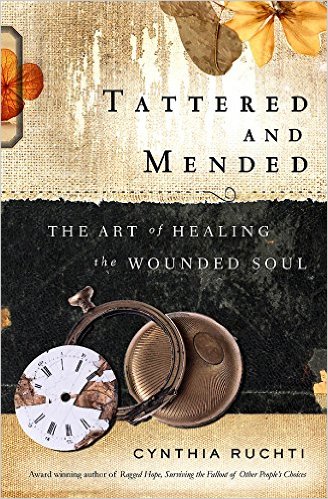 nonfiction, and speaking events for women. You can connect with her at cynthiaruchti.com and learn more about her books, including the July 2015 release—Tattered and Mended: The Art of Healing the Wounded Soul.
nonfiction, and speaking events for women. You can connect with her at cynthiaruchti.com and learn more about her books, including the July 2015 release—Tattered and Mended: The Art of Healing the Wounded Soul.
Graphic adapted, Image courtesy of Feelart at FreeDigitalPhotos.net.
 Post a Comment → Posted on
Post a Comment → Posted on  Thursday, July 9, 2015 at 9:00AM
Thursday, July 9, 2015 at 9:00AM  Art from brokenness,
Art from brokenness,  Broken,
Broken,  Broken things,
Broken things,  Brokenness,
Brokenness,  Cynthia Ruchti,
Cynthia Ruchti,  God Heals,
God Heals,  Mosaic,
Mosaic,  Upgrade with Dawn,
Upgrade with Dawn,  Wounded,
Wounded,  Woundedness Upgrade Your Life
Woundedness Upgrade Your Life  Attitudes,
Attitudes,  Biblical Thinking,
Biblical Thinking,  Character,
Character,  Spiritual Life
Spiritual Life 
